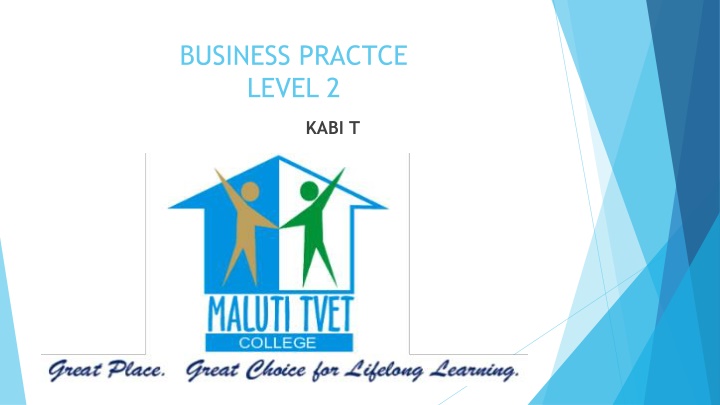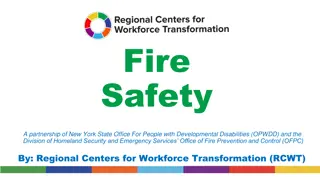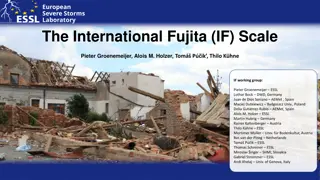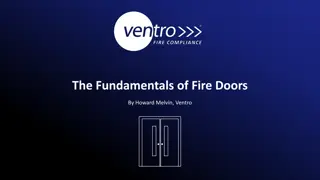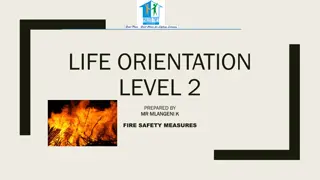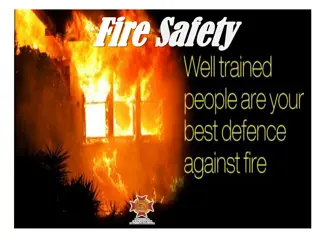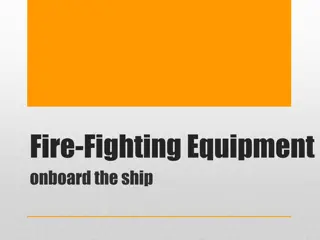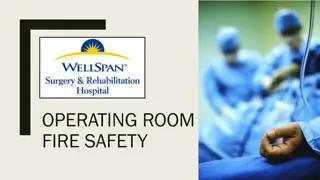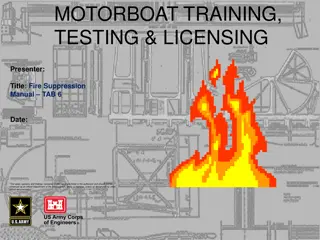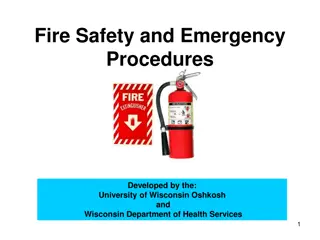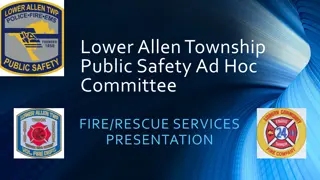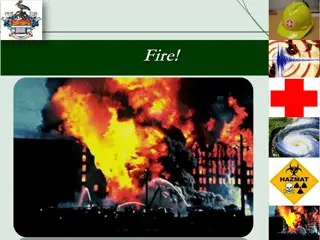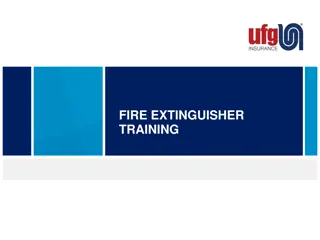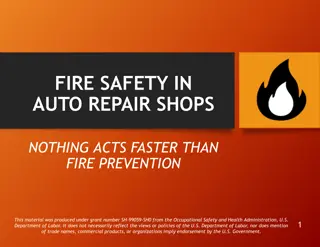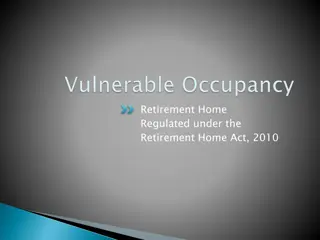Limiting Damage to Property in Emergencies: Fire Safety Essentials
The module covers essential aspects of fire safety, including types of fire extinguishers, emergency procedures, and maintenance guidelines. Learn about different fire extinguisher types and where to install them for optimal effectiveness. Understand the importance of staying calm in emergency situations and how to report incidents effectively.
Uploaded on Feb 28, 2025 | 2 Views
Download Presentation

Please find below an Image/Link to download the presentation.
The content on the website is provided AS IS for your information and personal use only. It may not be sold, licensed, or shared on other websites without obtaining consent from the author.If you encounter any issues during the download, it is possible that the publisher has removed the file from their server.
You are allowed to download the files provided on this website for personal or commercial use, subject to the condition that they are used lawfully. All files are the property of their respective owners.
The content on the website is provided AS IS for your information and personal use only. It may not be sold, licensed, or shared on other websites without obtaining consent from the author.
E N D
Presentation Transcript
BUSINESS PRACTCE LEVEL 2 KABI T
MODULE 6 LIMITING DAMAGE TO PROPERTY IN EMERGENCIES OVERVIEW, By the end of this module, you will: Learn about the location, kinds and use of fire extinguishers Understand emergency procedures relating to the identification and extinguishing of fires Know how to report dangerous occurrences and injuries Understand why it is important for every employee to maintain the safety and the security of a selected work environment. The natural response in any emergency situation is to panic, therefore the first thing to remember is to stay calm.
FIRE EXTINGUISHERS TYPES OF FIRE EXTINGUISHERS Refer page 107 EXAMPLES CLASS OF FIRE A FIRE TYPES EXTINGUISHING AGENT Combustibles Wood, paper, Cardboard Water, Dry powder, Foam Dry powder, Foam B Flammable liquid Energised electrical Metal and gases Paraffin, Petrol, Oil C Television Carbon dioxide, Dry powder, Foam Dry Powder, Special Powder D Magnesium, Acetylene, LP, Gas
The most common types of extinguishers Fire hoses with pressurised water Dry chemical Powder extinguishers Carbon Dioxide (Co2) extinguishers Foam extinguishers
Installation and maintenance of fire extinguishers Extinguishers should be installed in plain view: Above the reach of children Near the escape route Away from stoves and heating appliances Extinguishers require routine care: Read operator s manual to learn how to inspect your extinguisher. Follow manufacturer s instructions for maintenance Rechargeable models must be serviced after every use Disposable fire extinguishers can be used only once and must be replaced after they are used
Location of fire extinguishers Fire extinguishers are located in terms of their types In terms of numbers according to the size of area Must be kept in approved, easy to reach places Must be regularly checked and maintained by an approved service engineer They should either wall mounted or stored in weather-proof boxed mounted above ground The location must be identified by signs made up of pictures and directional arrows The area of one square metre around fire extinguisher must be demarcated and free of any obstruction Fire hydrants must be provided in any building that exceeds 1000 square metre of floor area Hose heels for the purposes of fire-fighting shall be installed in such a way that it covers the floor area of the building
How to use a fire extinguisher Remember the PASS-word PULL AIM SQEEZE SWEEP Refer page 109
ACTIVITY Page 106 Label the parts of fire extinguisher labelled 1-5
STAY HOME AND SAVE SOUTH AFRICA End! Questions will follow in our Whatsup group Unit 6.2 will follow Thank you!!!!!!! NK YOU ONCE MORE!
